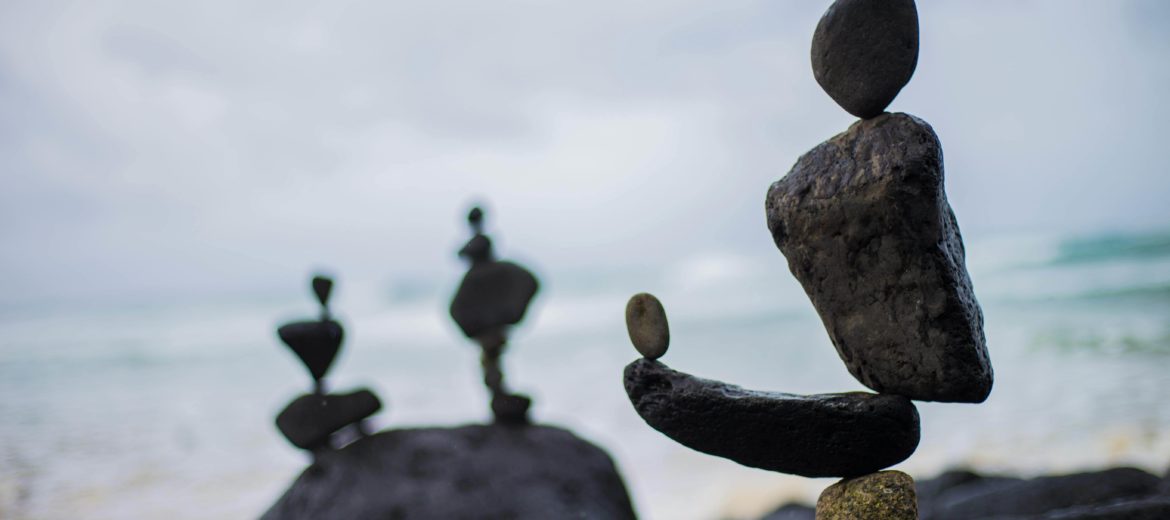One of the under-appreciated aspects of a regular exercise routine is the impact it can have on improving your balance and stability. While we tend to focus on enhanced strength and flexibility, the truth is that improved balance and stability – particularly as we age – can play a major role in preventing injuries caused by falls.
There are many things that can contribute to an increased risk of falls. Balance and stability are only part of the equation. As we age, decreased muscle strength or impaired vision can make falling more likely. Of course, we can all be susceptible to environmental hazards that cause us to fall. With that in mind, let’s consider some easy exercises, lifestyle tips, and home modifications to improve balance and stability, and reduce your risk of falling.
Balance and Stability
Balance is a term used in many different contexts, but for our purposes we can think of balance as an even weight distribution that enables you to stay upright. Stability is another word that can be used in several different ways. Here, we can think of stability as the state of being in the position you intend to be in – to endure and remain steady – whether standing, walking, kneeling, climbing, etc. In simple terms, balance and stability are the things that keep you from falling over.
There are Some Easy Balance Exercises You Can Perform Daily
As with any exercise, use caution and proceed gradually. Use support if needed. If you have a physical therapist, consult with them to get some good exercises to work on at home. With that said, some simple examples can include:
- Single-leg Stands: Stand on one leg for 10-15 seconds, holding a chair for support if needed.
- Heel-to-Toe Walk: You may have seen this in a movie or TV show as a field sobriety test administered by police officers. You walk in a straight line, placing one foot directly in front of the other.
- Sit-to-Stand: Practice getting up from a seated position without using your hands.
Again, use support if needed and proceed gradually. Hurting yourself is very unlikely to improve your balance or stability.
There are Some Lifestyle Tips that Can Help You Too
Beyond employing some simple daily balance exercises, you may want to consider some other lifestyle tips to aid you on your journey to improved balance and stability. Here are a few examples:
- Stay Active: Low-impact activities like walking, swimming or yoga can help improve your coordination.
- Strengthen Your Muscles: Leg and core strength play an important role in balance and stability, so incorporate some strength-building exercises into your routine as well.
- Practice Good Posture: Especially if you spend a lot of time sitting, good posture can help reduce stress on your body, and the habit can also help you maintain good posture and alignment when standing and walking.
Overall, an active lifestyle that includes exercise and good body alignment can provide many benefits beyond improved balance. It can boost your general health and well-being every day.
Don’t Forget About the Environmental Factors
This has been primarily about improving your balance and stability, but ultimately, it’s about avoiding injury from falls. That means you should be aware of conditions in your environment that could increase your risk of falling. Some of them are obvious: don’t leave clutter laying around on the floor, and make sure rugs are lying flat and secure. Some others are a little less obvious, like adding grab bars in your bathroom or improving lighting in frequently used areas.
Tripping over something left in the path or misjudging a step in a dark room will have an immediate impact on your balance and stability, no matter how much you exercise and practice good posture.
Incorporating some of these simple strategies can go a long way toward improving your balance and stability, and reducing your risk of injury from a fall. If you have a physical therapist, they can assess your balance and provide you with a customized plan to help you improve your balance in a safe and effective way. If you don’t have a physical therapist, it’s a great time to reach out for personalized guidance on your journey toward greater balance and reduced injury risk.





